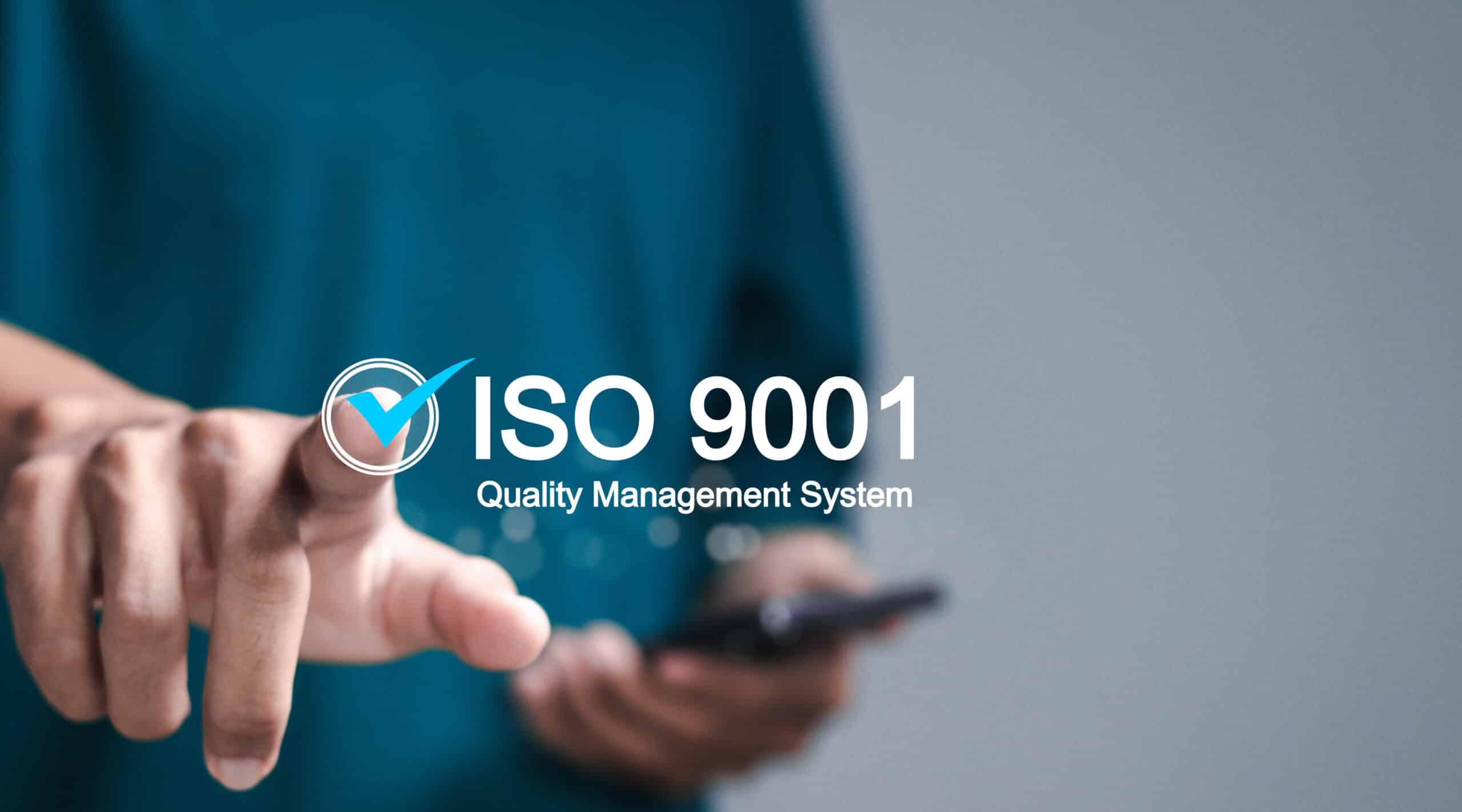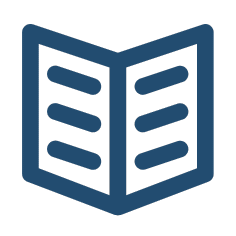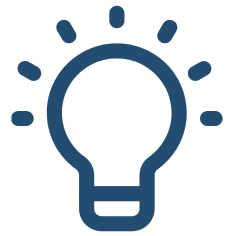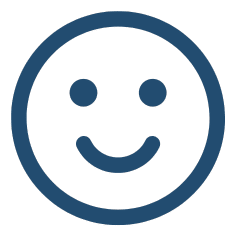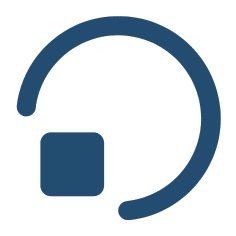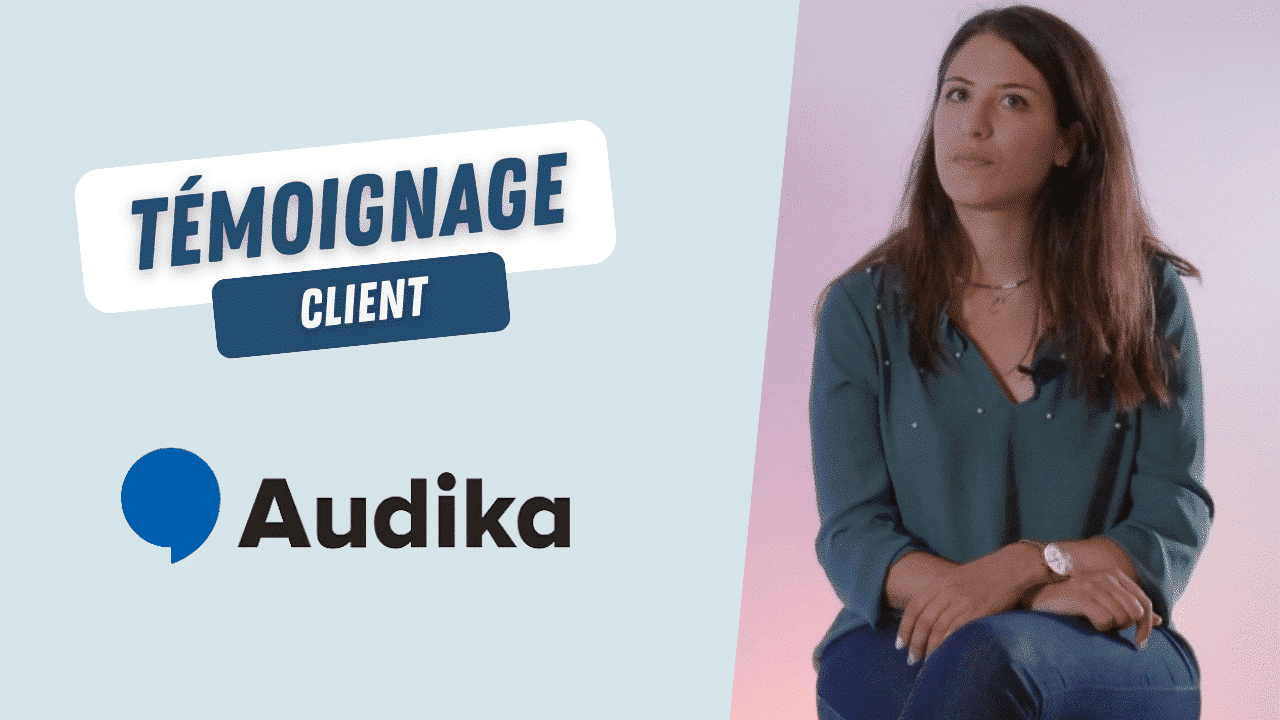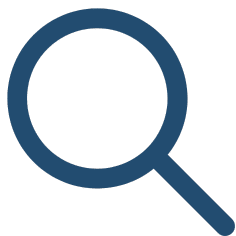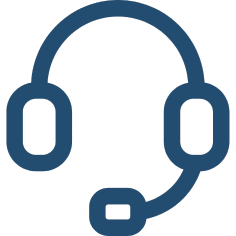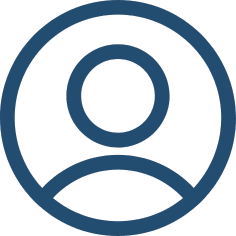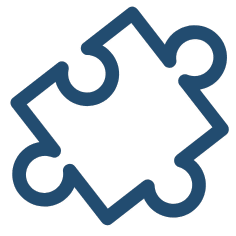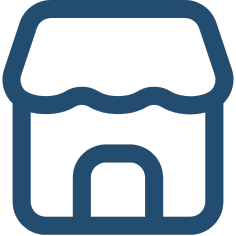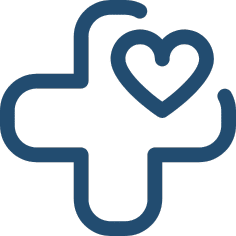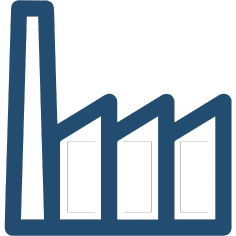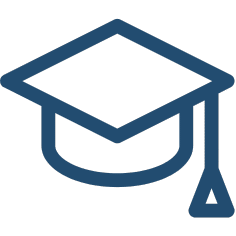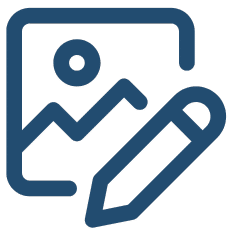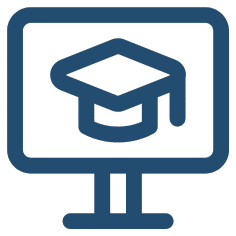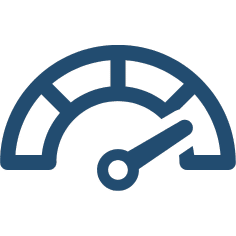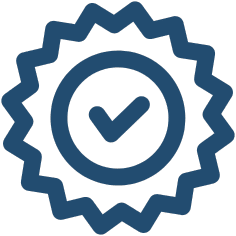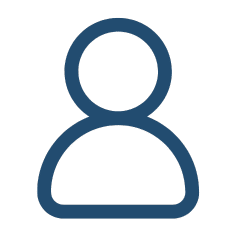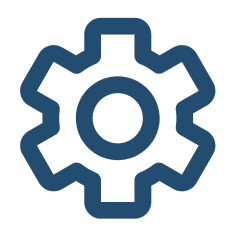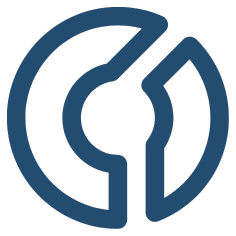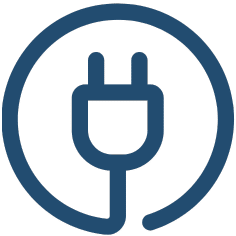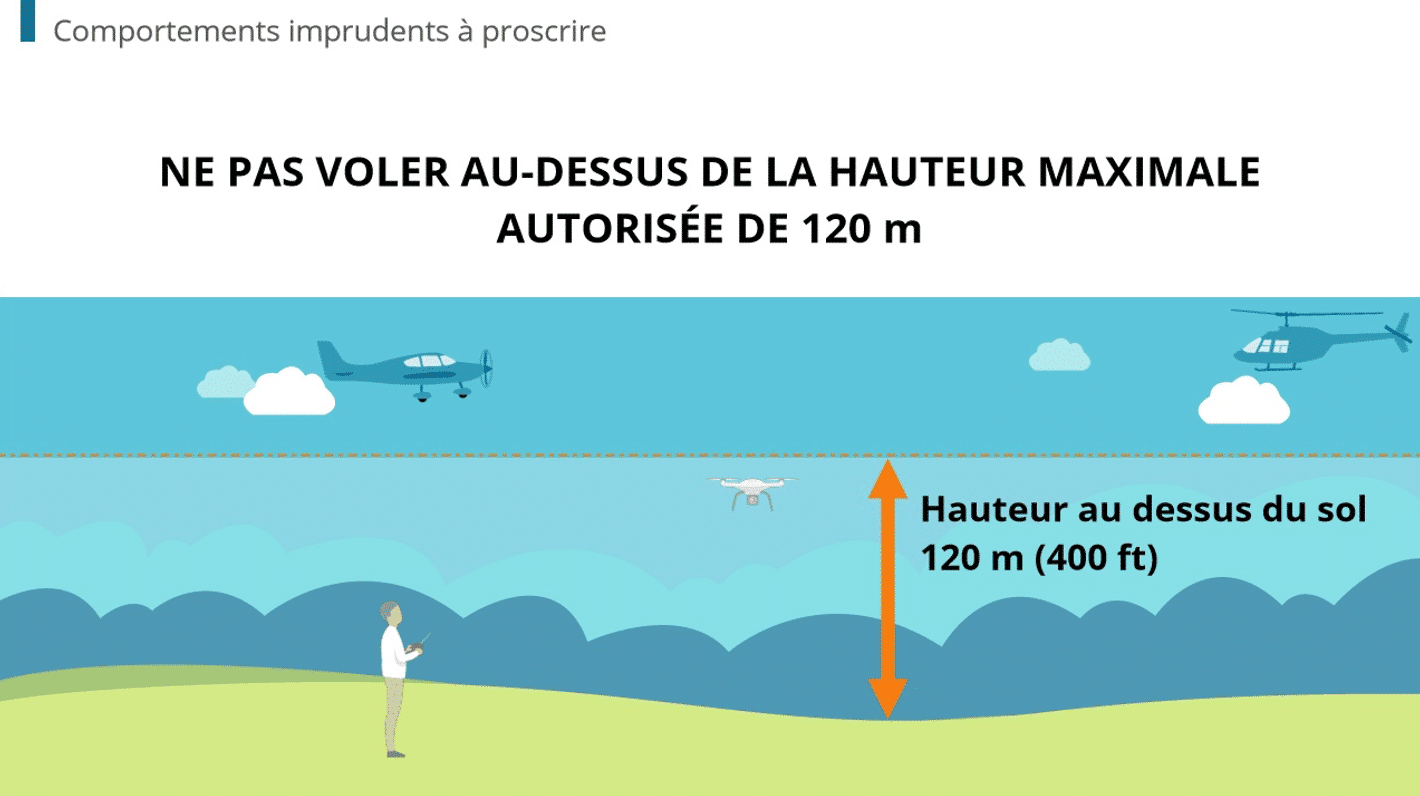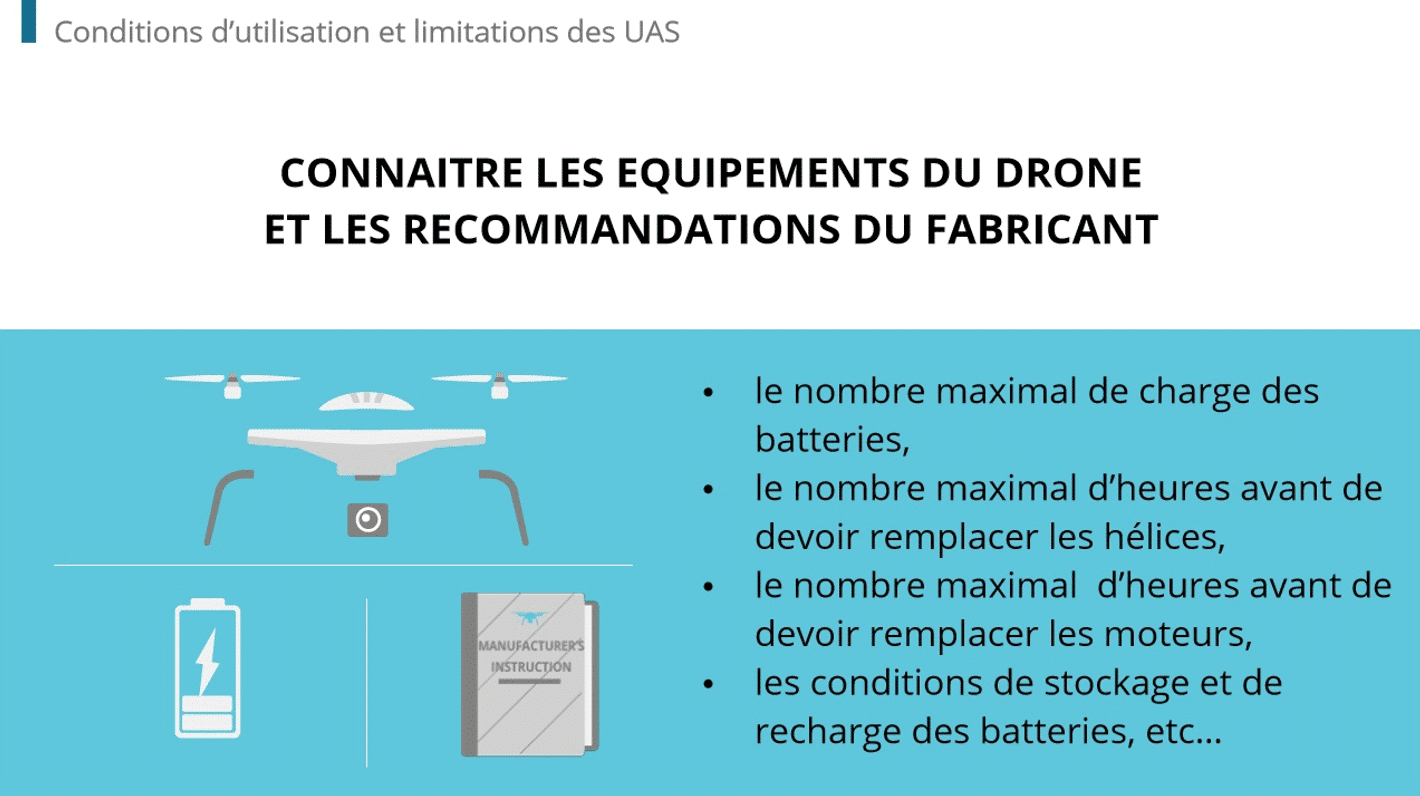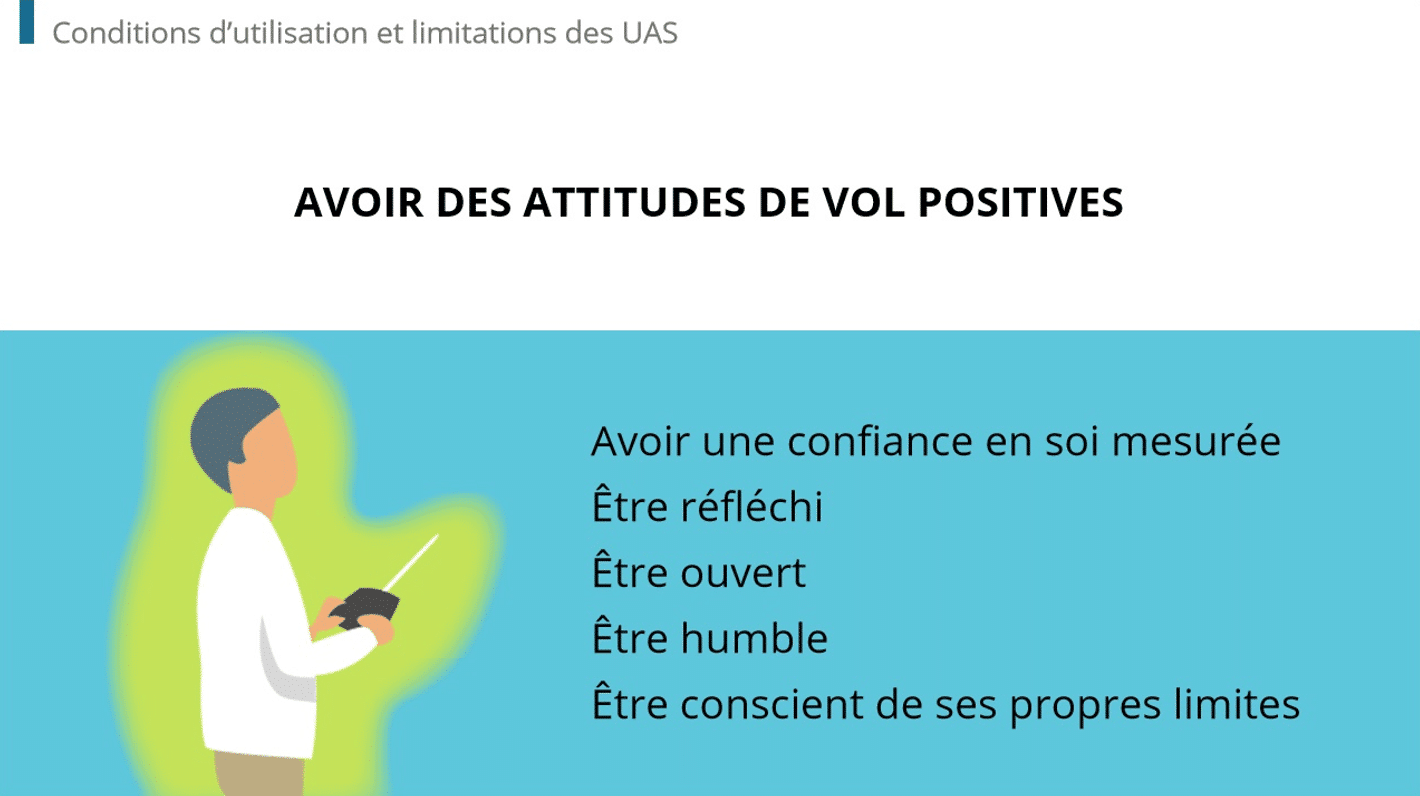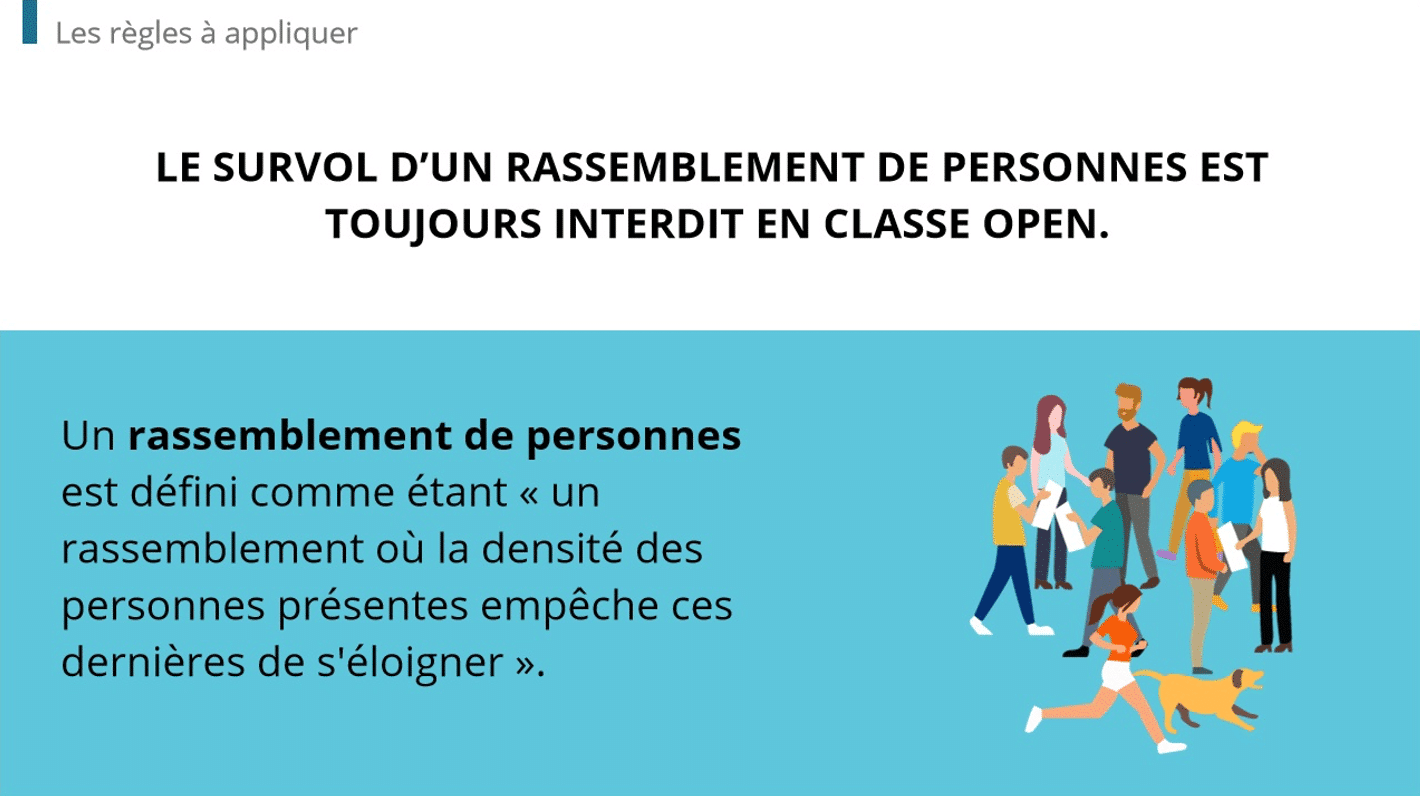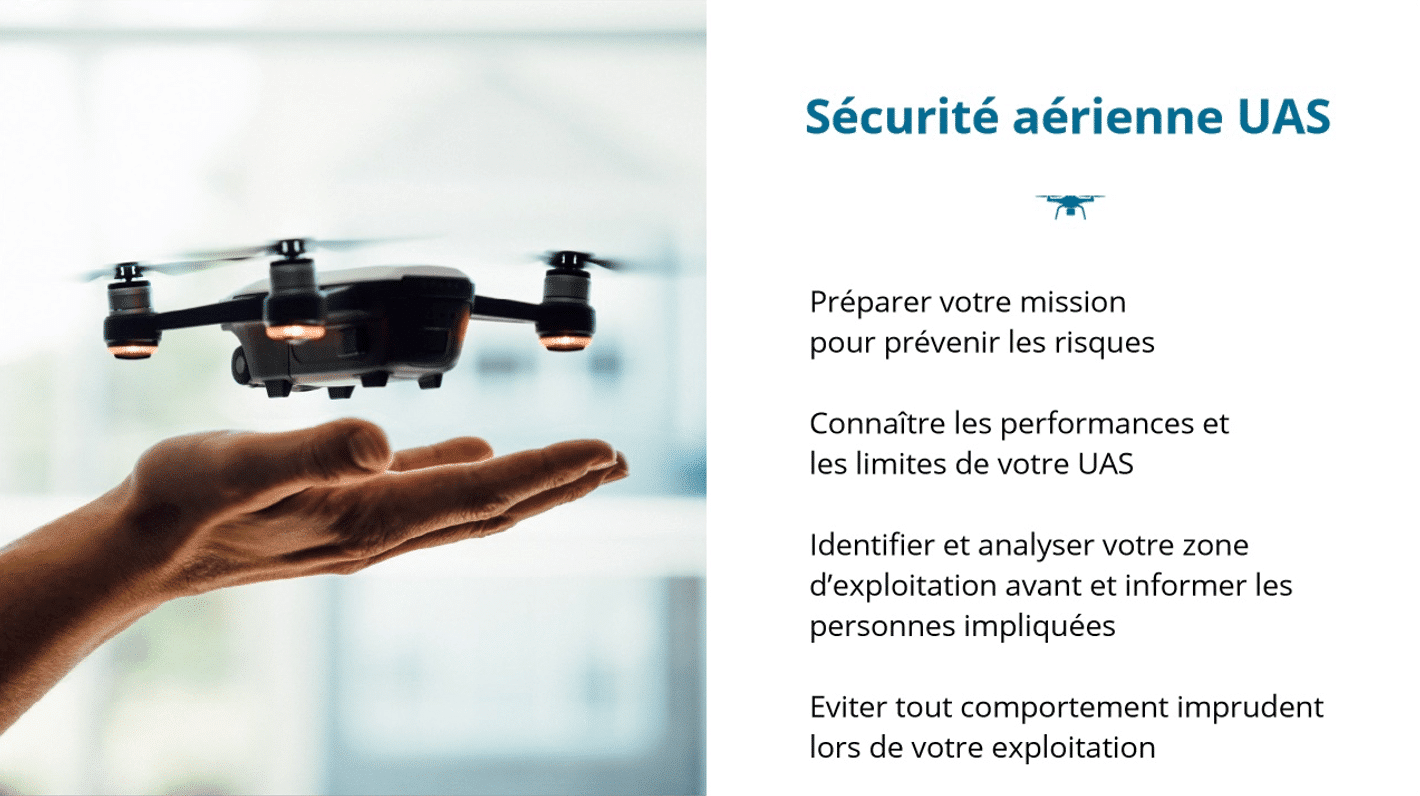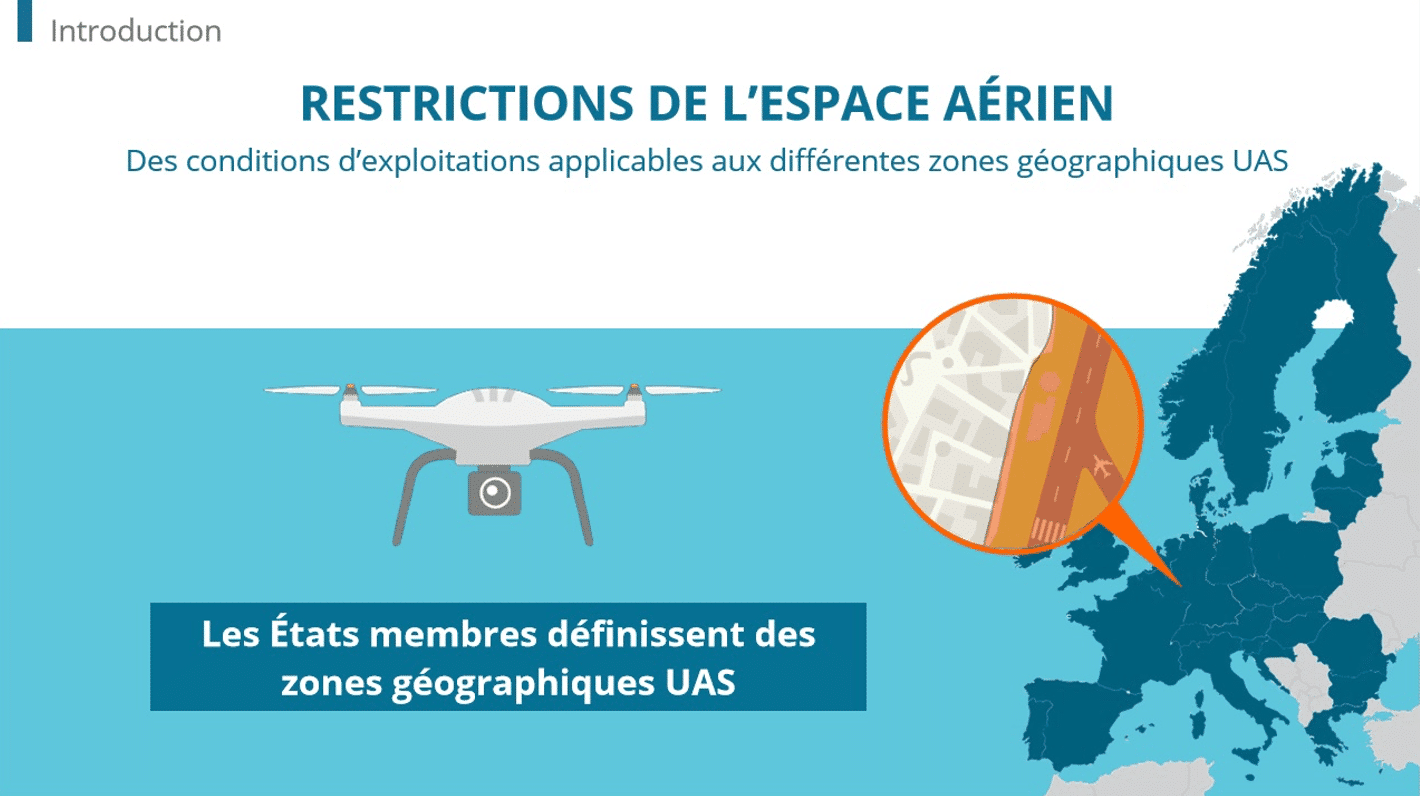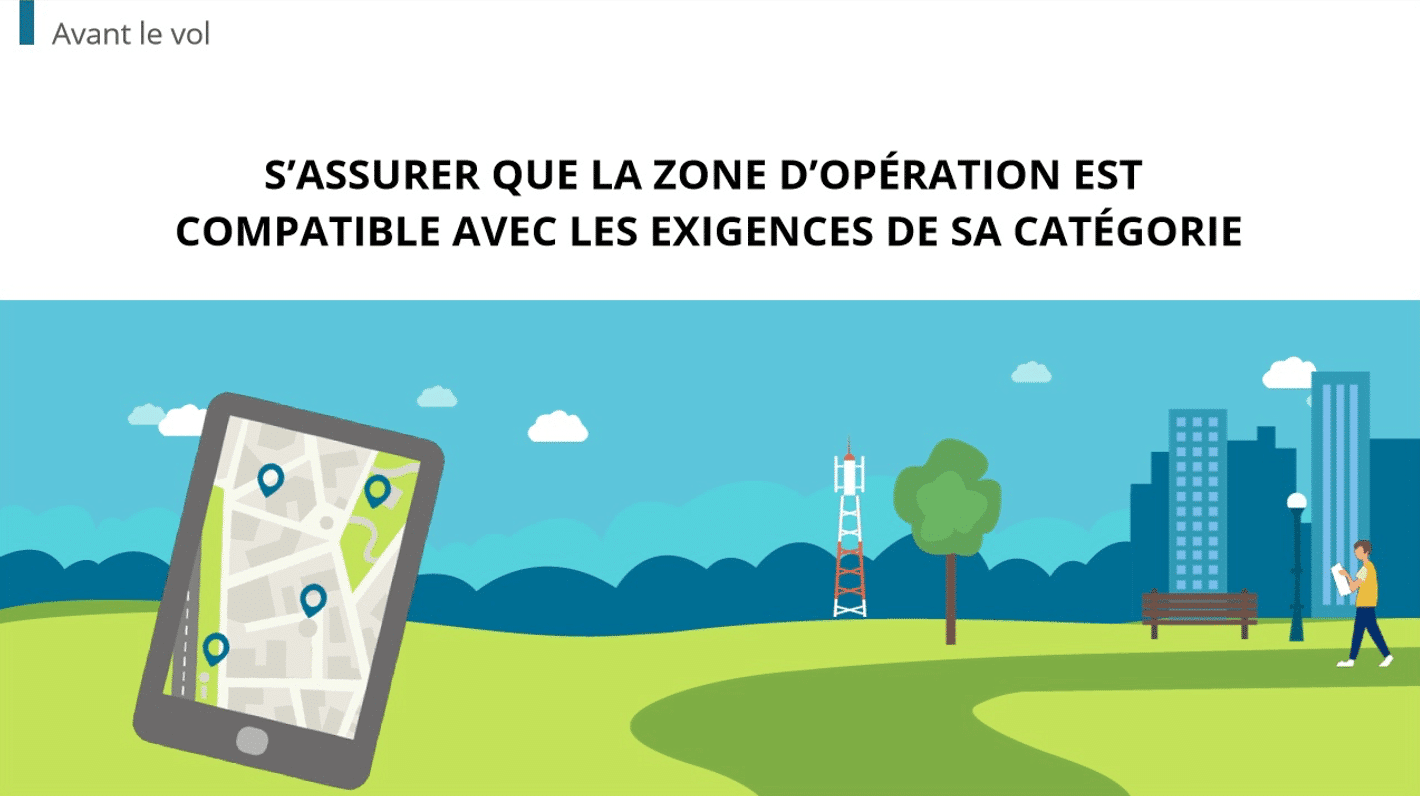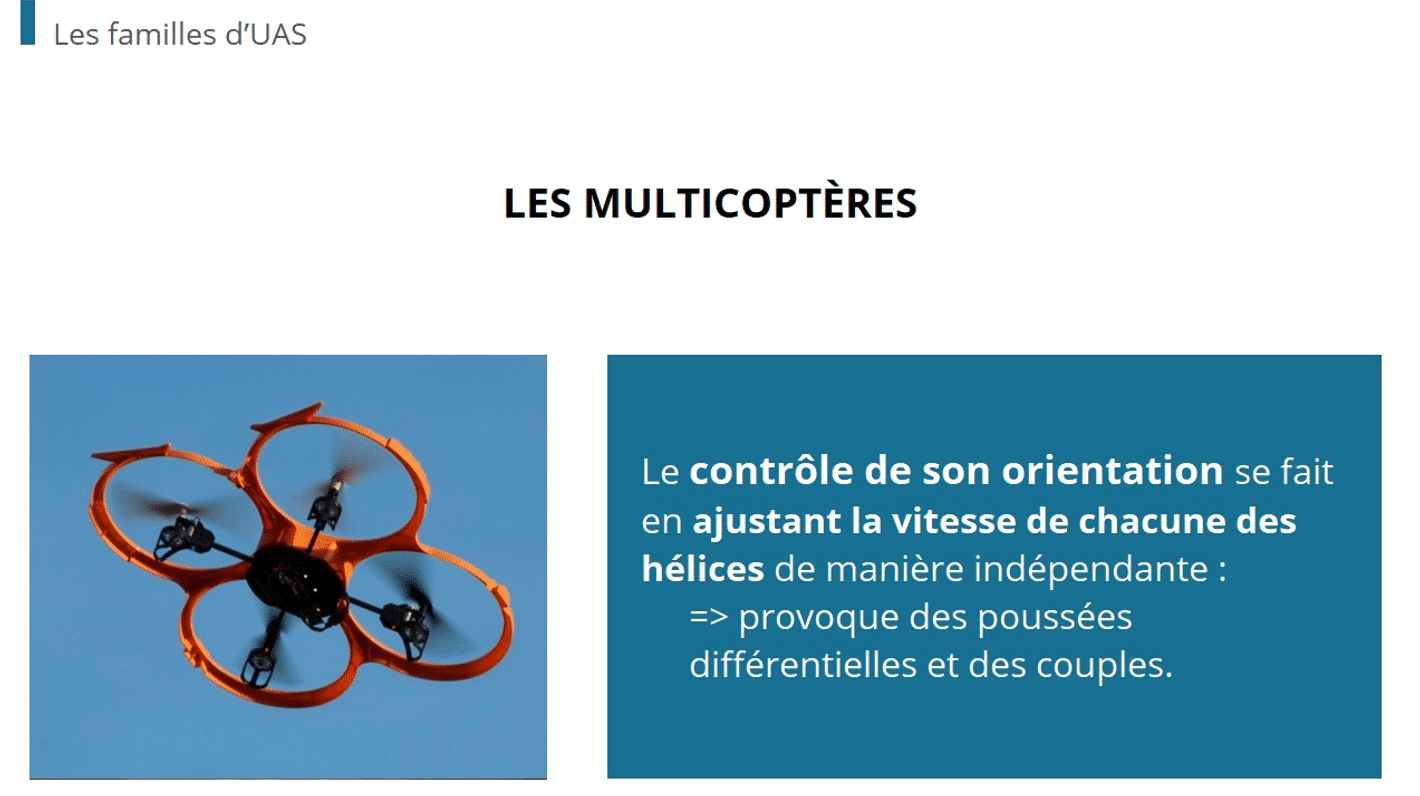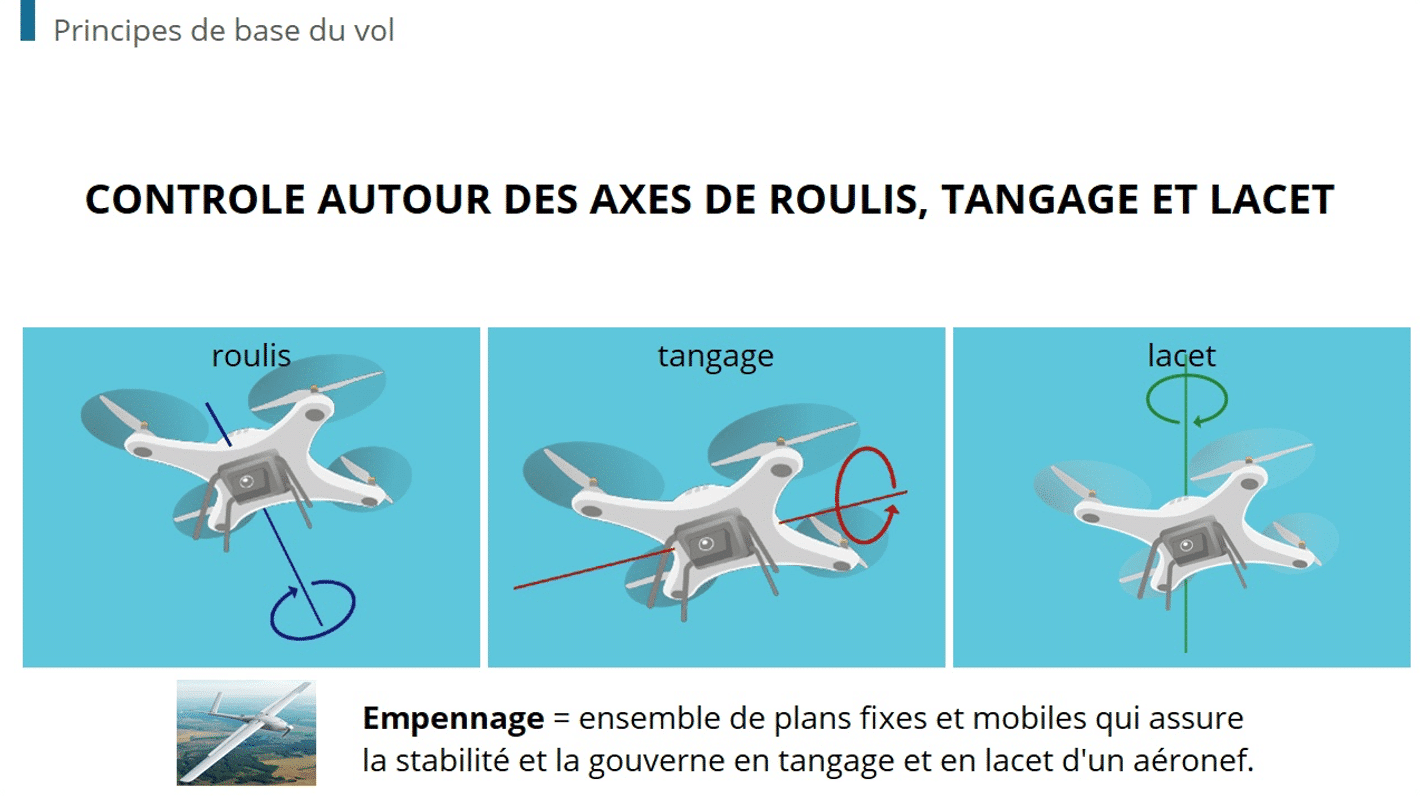Pharma companies are subject to strict regulatory oversight. Apart from HIPAA and GXP compliance among others, they must have a strong quality management system (QMS) in place. ISO 9001 certification ensures pharmaceutical manufacturers consistently demonstrate a tight QMS framework. Discover the advantages of ISO 9001 enforcement, the challenges, and the best practices for a strong rollout.
The core fundamentals of ISO 9001
ISO 9001 is a set of regulations established by the International Organization for Standardization. It outlines the guidelines for designing and maintaining a QMS. This helps pharma companies create policies and objectives that promote quality assurance, customer safety and satisfaction, and documentation.
Understanding QMS
Since ISO 9001 is about QMS optimization, it’s worth taking a step back to understand QMS fundamentals. This is a company-implemented set of policies and rules that govern the manufacturing, distribution, and release of a product or service.
The challenges of ISO 9001 certification
As with any compliance rollout, HR can expect to encounter challenges. Here are the common roadblocks associated with ISO 9001 training.
- Resource and time management – ISO 9001 training is a time and resource-intensive investment for HR and learners alike.
- Document control – there must be a clear audit trail. Lack of organizational recordkeeping can lead to lost, mishandled, or corrupted documents.
- Addressing non-conformities – even if HR identifies non-compliance incidents, identifying a solution on paper may be easier than the actual enforcement
- Over-complicated process – the formal ISO 9001 procedures are lengthy and complex. How can the material be translated in a more layman-friendly format?
Long-term Advantages of a robust ISO and QMS framework
Despite the challenges, investing in ISO 9001 certification pays dividends in the long haul. For starters, it gradually fosters a compliance-first culture. In turn, this ensures audit readiness and prevents violations leading to re-audits, fines, and erosion of public trust.
A net positive compliance track record also puts you in a better position in a competitive marketplace. Many corporate contracts require ISO 9001 certification in their tendering process.
A better quality management system also helps you meet customer demands and improve operational performance.
Best practices for ISO 9001 certification and enforcement
These best practices address the aforementioned challenges through e-learning solutions and comprehensive training.
Employ the SMART Technique
SMART is an acronym for specific, measurable, achievable, relevant, and time-bound. Here’s a deeper dive into each objective.
- Specific – be concise about what each training entails. Each module should outline the topic, an overview of what’s covered, etc.
- Measurable – the training should be measurable in both qualitative and quantitative data using predefined metrics and KPIs
- Achievable – the training goal should be realistic with multiple benchmarks.
- Relevant – the course content should be relevant to QMS, though some overlap with other compliance content, such as CAPA and GXP, is fine.
- Time-bound – set benchmarks to be completed within a timeline (i.e. 90% of the staff certified within three months of the course rollout)
Recourse for corrective actions
Identify past and potential non-conformities with QMS. Examples include unauthorized document alteration or sharing, using an instrument after its calibration date, and product contamination. Create a systemized nonconformance process. This is the company’s internal procedure for identifying, evaluating, documenting, and correcting issues. This process should be imparted in step-by-step details in your training program.
Get stakeholder input
ISO 9001 certification isn’t the sole responsibility of HR. Members from the top down have a voice. This includes investors, sponsors, joint ventures, and employees who will be partaking in compliance training. Get their feedback; what kind of training do they believe is optimal? Do they want an immersive or gamification-heavy course? How about webinars, questionnaires, etc?
Establish document control procedures
Establish a document controller. This is the person responsible for managing and organizing documents. Measures also need to be in place to ensure documents are reviewed, approved, revised, and updated as needed. The controller will also need to consistently scan documents for issues like missing signatures, redundancy, and duplicates.
Keep in mind that while the document controller is the head of recordkeeping, the implementation is the responsibility of everyone. Train the entire roster using guidelines outlined under ISO’s Good Documentation Practices (GDocP).
Normalize internal audits
Make internal audits a routine affair that employees should expect, announced or not. Train staff on what is inspected in an internal audit, which mirrors a real audit from authorized auditors. Learners should know precisely what’s subject to auditing as if they were the auditors.
Dokeos is the premier e-learning solution for ISO and QMS compliance
Dokeos’ LMS is a solution for end-to-end workflow management. With our automated AI and turnkey compliance training, ensure consistent ISO 9001 certification from the top down, and in turn ensure QMS integrity. Use our platform for access to training tools including but not limited to virtual conferences, encrypted cloud storage, audit checklists, and available coaching from autonomous course experts.
Sign up for a free trial today and make us a partner in defining your KPIs and reaching your compliance goals!

